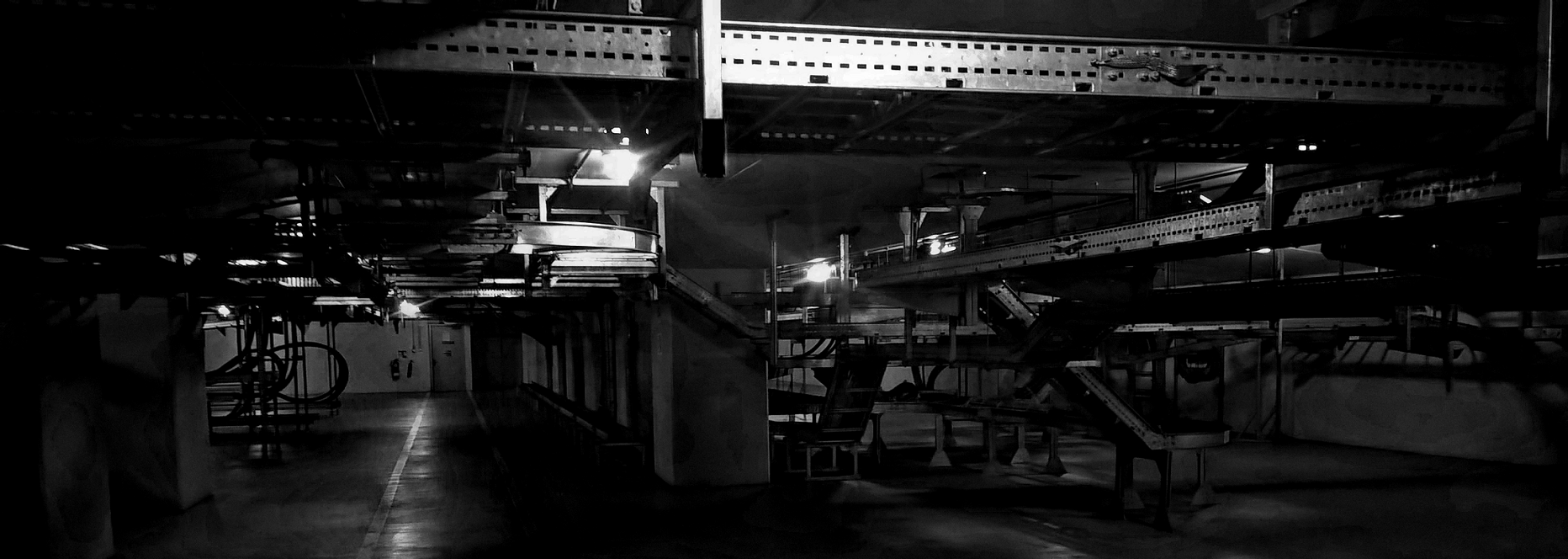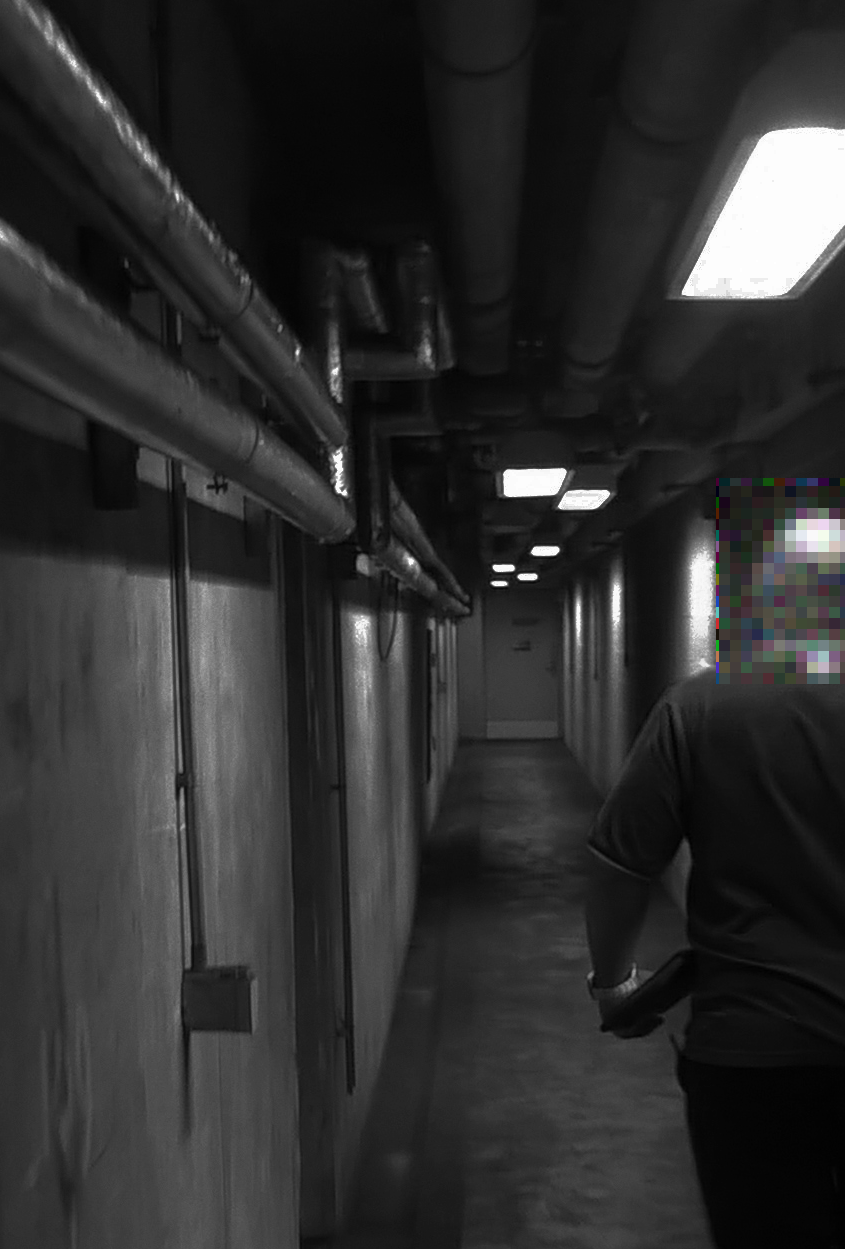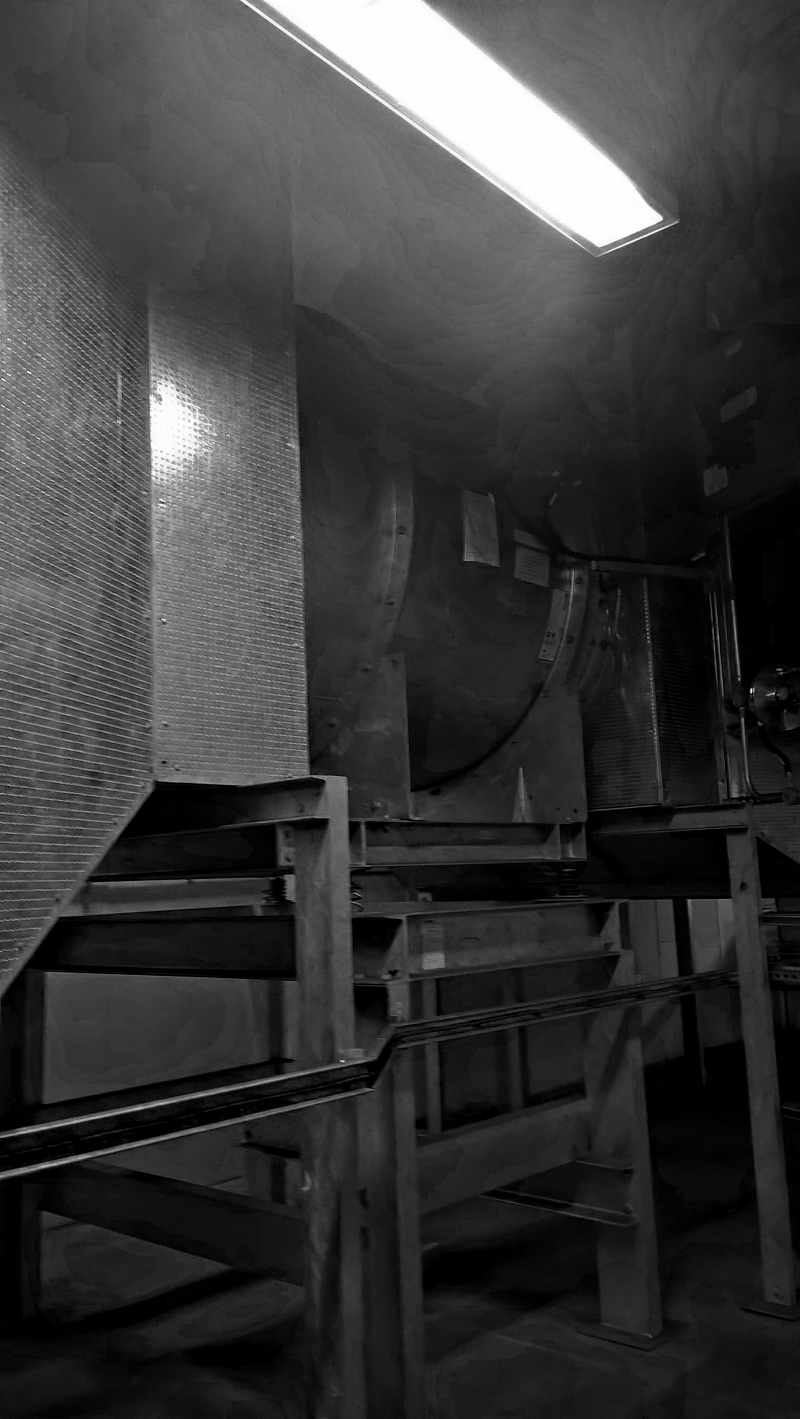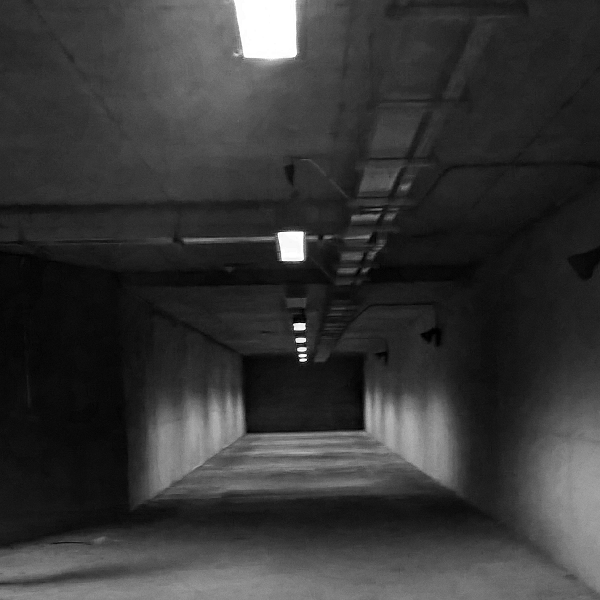Michal Paszkiewicz
the hidden dungeons of TfL

London may have one of the most interesting underground networks in the world. Since the Victorian underground transport network was first opened in 1863 (as the Metropolitan Railway), it has had quite some time to evolve into the immense system that serves the population of London (almost 9 million as of 2017). With new stations and even new entire underground lines constantly expanding this network, it is only ever going to become more complex.
For most londoners, it isn't really news any more that there are many underground rooms in London which are not open to the public. There are obviously the sewers (which were first opened due to the Great Stink of 1858), there are government tunnels, there are 'lost' rivers and there are disused underground stations - some of which you can tour. It is hard to acknowledge the amount of space that is hidden underground, since it is obviously not visible and new earth is constantly being dug out.
What I hadn't realised till recently was that many underground stations have large amounts of hidden rooms - Canary Wharf station has over 500! These can be alongside platforms or adjacent to the public's walkways, but there are stations that have multiple levels underneath the lowest point the public will ever reach.

I was lucky to recently be taken on a tour of a different station that also features hundreds of rooms on multiple levels underground. As we left the control room, our guide grabbed his notebook, which contained instructions on how to complete the 6 standard back-of-station walks. Each of the 6 standard walks has to be completed each week - this is mostly to ensure that everything is in order and to monitor how much water has leaked in and where. That is absolutely right - water is assumed to be coming in somewhere all the time. With structures this big built directly alongside the Thames, it is practically impossible to tunnel in such a way that would ensure that no water ever came in. Instead, engineers have to create designs that can withstand the occasional flooding and maintenance teams regularly pump water out of these stations, particularly after large rainfalls.
Our guide told us that the first time he went for a walk in these corridors, he happened to get lost. I was unsurprised by this - as we walked through dozens of corridors and flights of stairs, I knew that given a chance, I wouldn't be able to retrace my steps. Luckily, London Underground's smart implementation of the Regulatory Reform (Fire Safety) Order 2005 means that even though a person lost in these tunnels may not know where they are, they can follow clear signs that will take them to an emergency Fire Exit. They will not need a key, while getting yourself deeper into the complex will require a combination of various keys. That explains why we didn't find any skeletons in any of the rooms.
Many of the rooms we couldn't look into, as they host various equipment that may be dangerous or isn't even accessible to the station staff. This included rooms full of generators that would power the station in case of a powercut, many server rooms that provide the automatic signalling that is now deployed to many of London's tube lines, escalator control rooms and many other rooms with functions that I can't remember.

A number of the rooms included some fans - these were monstrously huge metal tubes that hold fans inside that can be more powerful than airline jet engines. Should one stand near one of these while it was operating, they could be sucked in and blended within seconds. One may question why a transport company would hide so many of these deadly fans deep underground, but the reason is quite incredible - should a fire break out in the station, these fans can be activated to isolate the fire's smoke into one section of the station, allowing the staff to evacuate people in an opposite direction and providing the Fire Brigade with a clear, smokeless route to the location of the fire.
In addition to this, the Fire Brigade have their very own lift in many stations, which are powered by their own generators and sealed to ensure that any level can be easily accessed without any smoke getting into the lift shaft. Past experiences with fire, such as the King's Cross fire in 1987, have made fire fighting one of the priorities of the London Underground. Having seen the extent of this new fire-proof mentality built into the tunnels themselves has truly assured me that we won't ever have to face such disasters in the London Underground again.
I had expected the sub-tube tunnels to be fairly cool, considering they don't have any travellers or trains passing through them. I was wrong - the temperature here was the same, or at least similar to that of the platform - this is one of the effects of the fact that the Underground is now heating up the clay of London itself.

Some of the rooms we visited were entirely empty. The tube is continuously growing, so when engineers are building new structures, they try to build in contingency rooms that may be needed as the network expands. Some of these rooms were as long as platforms and entirely empty save for the dust that leaves black marks on your hands and feet even though the tunnels here are apparently regularly cleaned.
Even once we were out of the tunnels and we could breathe fresh air again, I still couldn't shake off the feeling of awe of this immense, empty complex that we had barely had a glimpse of and yet had walked for hours without stopping. I found in this station, something that is reflective of TfL as a whole - when people use London's Transport network, they may see a few station staff, a bus driver and a few vehicles, but there is no way they can appreciate the amount of work that has to go in to make any of this possible. Hundreds and sometimes thousands of people put work into any project - whether it is the construction of a new line, implementing a bus hopper fare or introducing a new kind of bus. I hope that people begin to understand the issues that TfL faces with the complexity and scale of its operation and I hope I will start getting fewer angry texts from my friends every time trains are delayed.
published: Sat Jul 15 2017

New book!
My new book The Perfect Transport: and the science of why you can't have it is now on sale on amazon, or can be ordered at your local bookstore.






